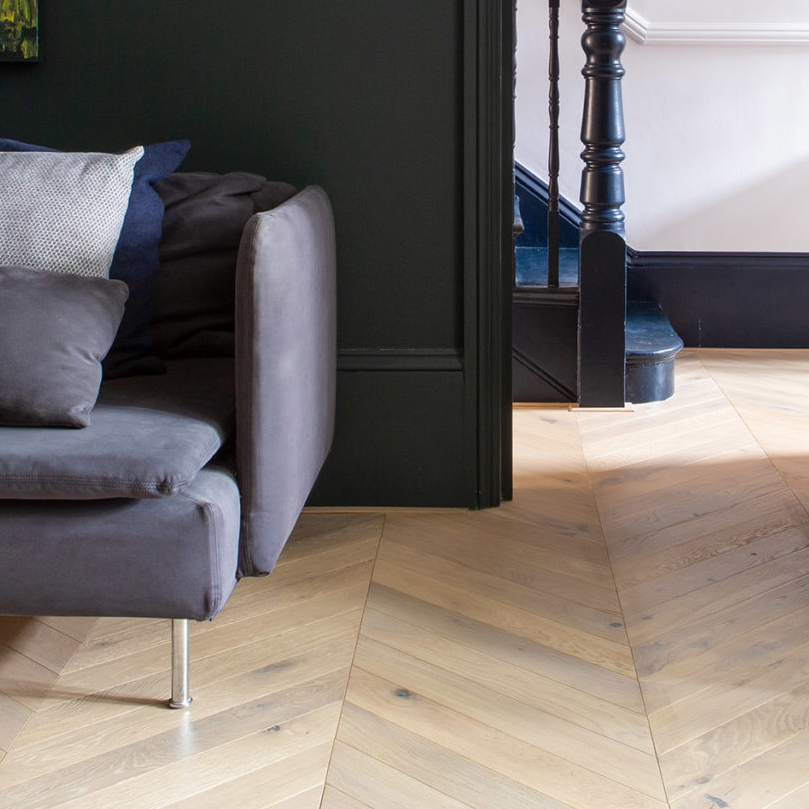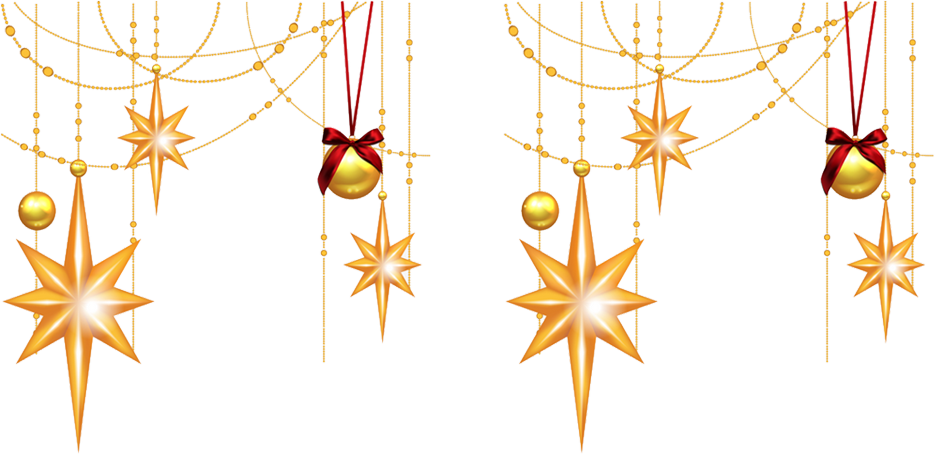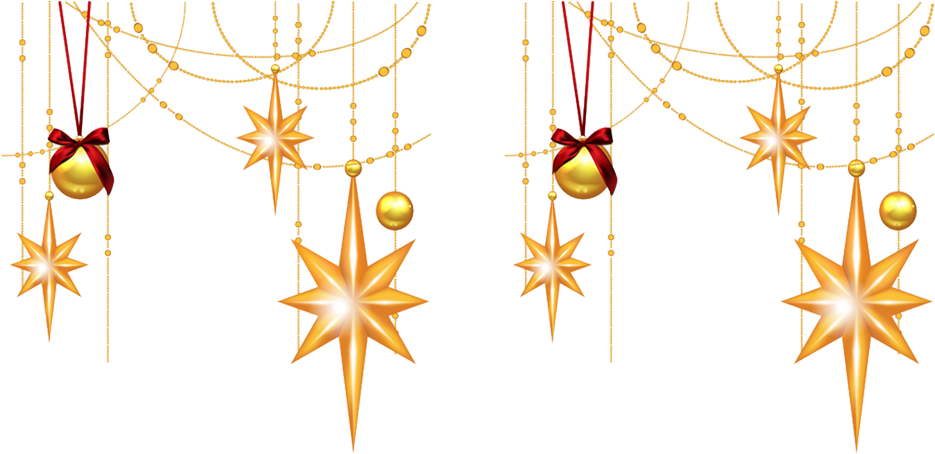All Wood is Not Created Equal Oak, ash, beech, maple, birch

Oak, debris, beech, maple, birch – these are among the most famous species for hardwood flooring in the US (however they are in no way, shape or form a total rundown). They are generally American trees. They are generally accessible in a wide assortment of shadings and board sizes. By and large, are equivalent. And keeping in mind that they have different similitudes, they are certainly not all very similar.
Here are a portion of the contrasts between a couple of the most famous ground surface woods. We are not naming any attributes as expert or con, since they will generally involve individual inclination.
Oak, particularly red oak (the name of the tree, not depicting the shade of the wood) is the most widely recognized wood utilized for ground surface in North America. Red oak holds wood finishes equally and can be found in numerous tones. It tends to be light or dull, yet the grain design is quite often self-evident. The quality and consistency of the grain design is a trademark purchasers search for, and it influences the cost. The more predictable the grain, the more costly the floor will be.
Exceptionally hard wood; impervious to wear and marks.
Holds stains uniformly, and can be found in a wide assortment of shadings.
Has an unmistakable and clear grain design, regardless of whether light or dull in shading.
Much harder than oak: polished ash and hatchet handles are typically produced using debris. The sapwood of a debris tree is cream-hued going to practically dead white, and its heartwood is tan to dull earthy colored. The grain design, while clear, isn’t just about as articulated as in oak. Light tone and steady grain design are the best attributes of debris, and delicately finished debris sapwood floors are for the most part more well known on the lookout.
Amazingly hard, wears far and away superior to oak.
Typically just accessible in light tones.
By and large more costly than oak.
On the far edge of the hardness range from debris is pine, in fact not a hardwood by any means, however its hardness shifts between species. Pine is known as a character wood in light of its pinholes and bunches, and its delicateness implies it will before long have extra marks and gouges. A great many people think about this to add to its character. Pine heartwood is the hardest and most obscure wood of the tree. Heart-pine is valued for its regular
shading, and it wears better compared to sapwood. As you would expect, it’s likewise more costly.
The first character wood – recovered antique floors are accessible.
Moderately delicate, will in general gouge under substantial furnishings.
Sapwood holds finishes outstandingly well.
No compelling reason to finish heartwood.
Maple is a light-shaded, close-grain hardwood, implying that its grain design is generally unobtrusive. It’s very hard and scratch safe. Maple floors will in general be light halfway on the grounds that the wood is normally light-hued, yet in addition since it doesn’t ingest dull colors quite well – dim finished maple will in general be smudged. All woods change tone over the long run, and maple will in general turn out to be more yellow as it ages. The more clear the maple, the more costly it will be. Characteristic imperfections, for example, mineral streaks and pin hitches bring down the evaluation – and the cost.
Hard wood, wears well.
Grain designs more subtle than oak or debris.
Doesn’t hold dim stains well.
Yellowing with age is more noticeable in a light-hued floor.
We have latest designs and trends of bedroom flooring, kitchen flooring, bathroom flooring, flooring accessories and free sample services store in Birmingham





IM LOOKING TO BUY SECTIONS OF 2 INCH THICK MAPLE. CAN YOU SELL OR GIVE ME A RING ON 07922236875 TO TALK ABOUT PRICE AND AVAILABILITY? Thanks.